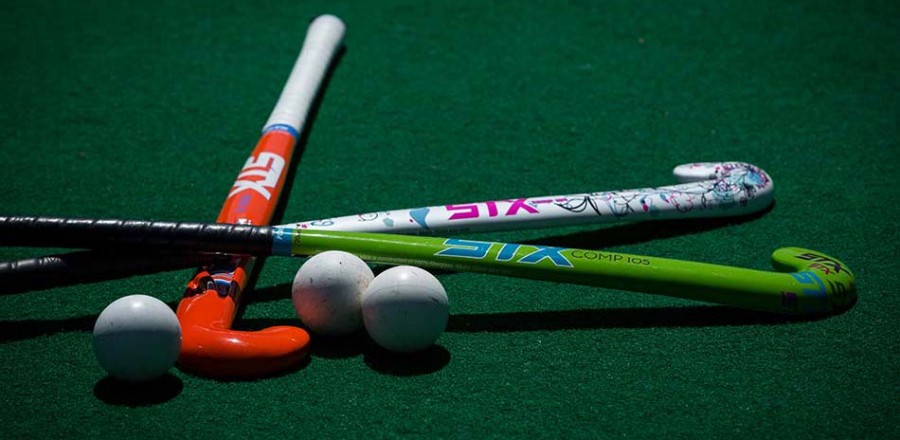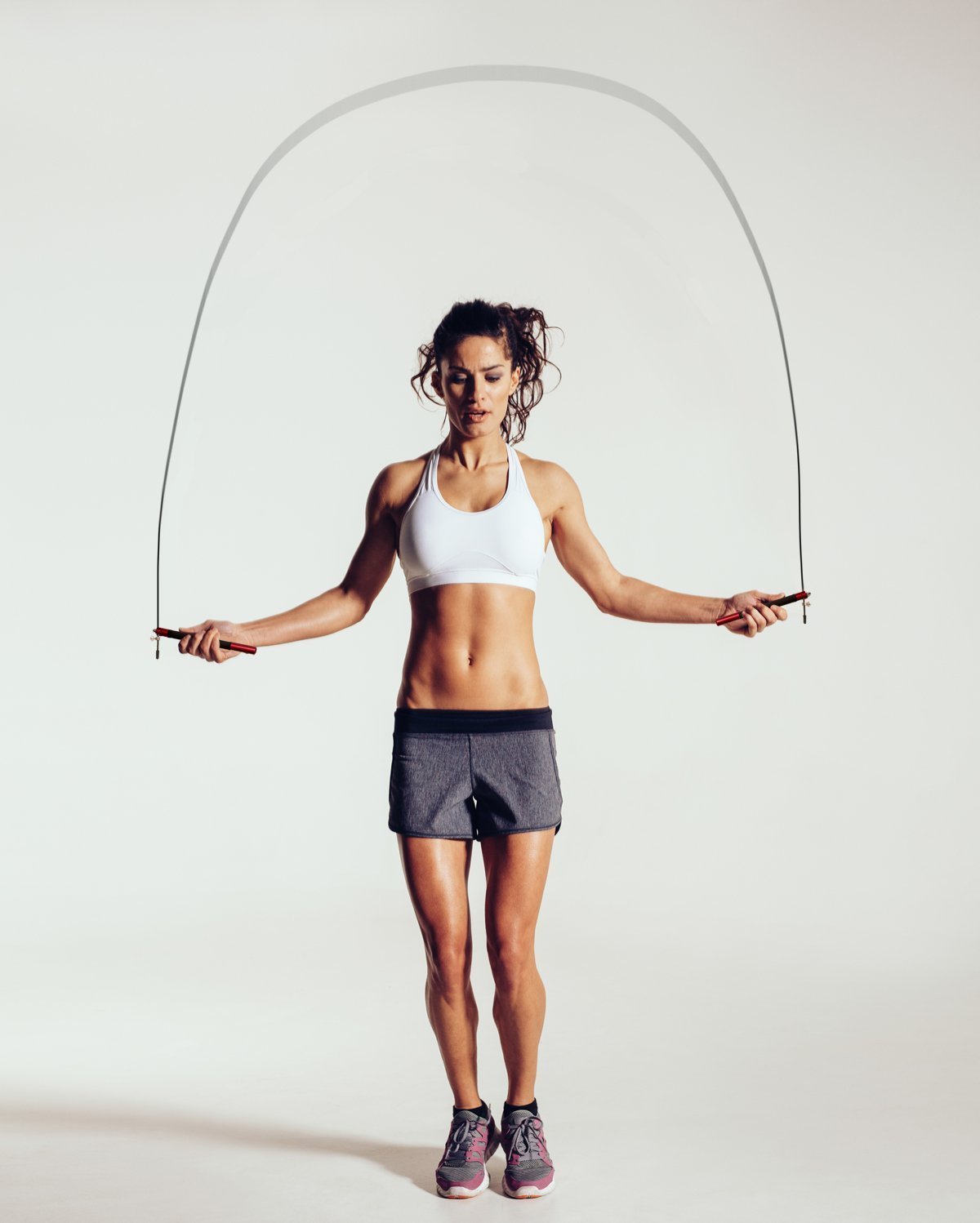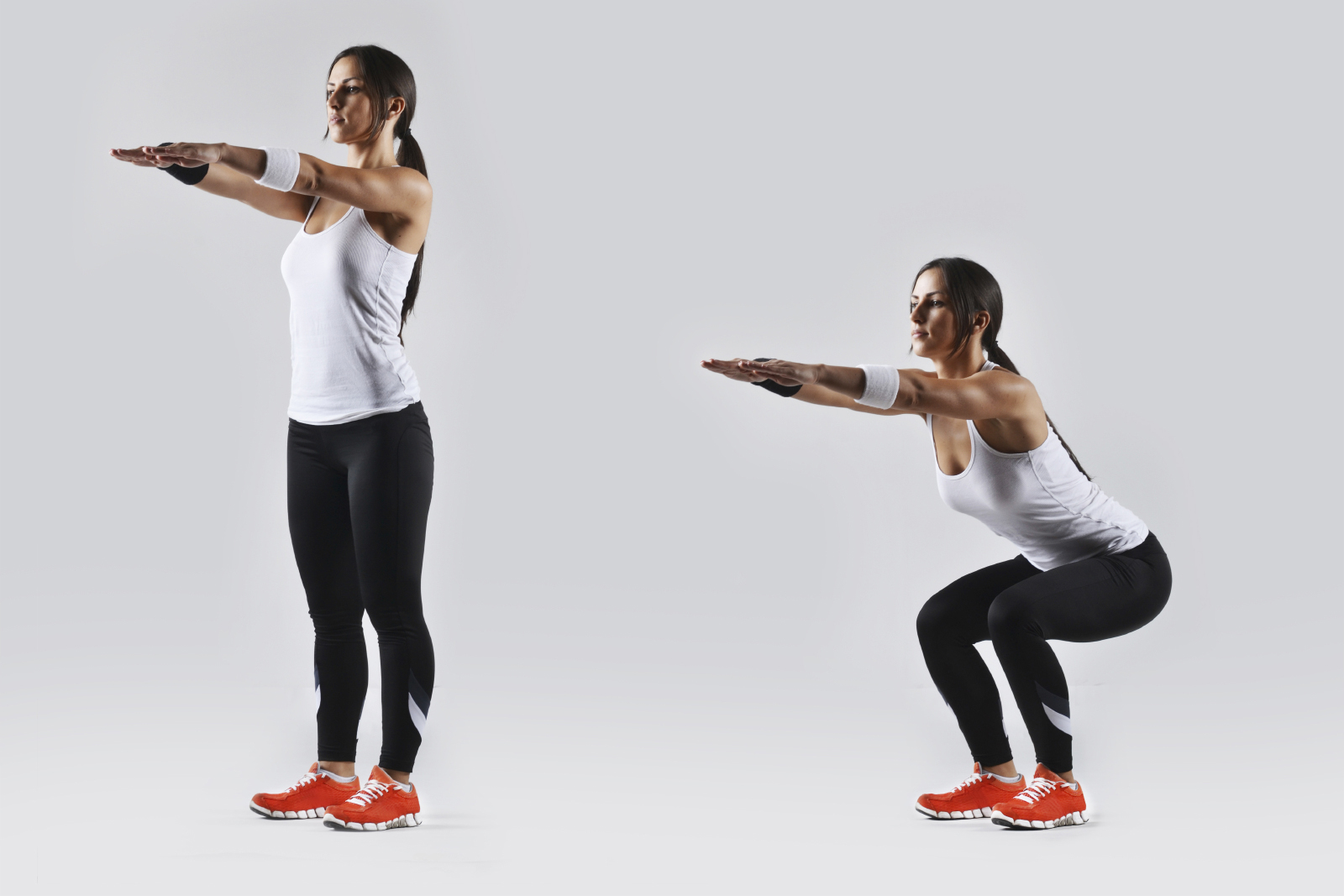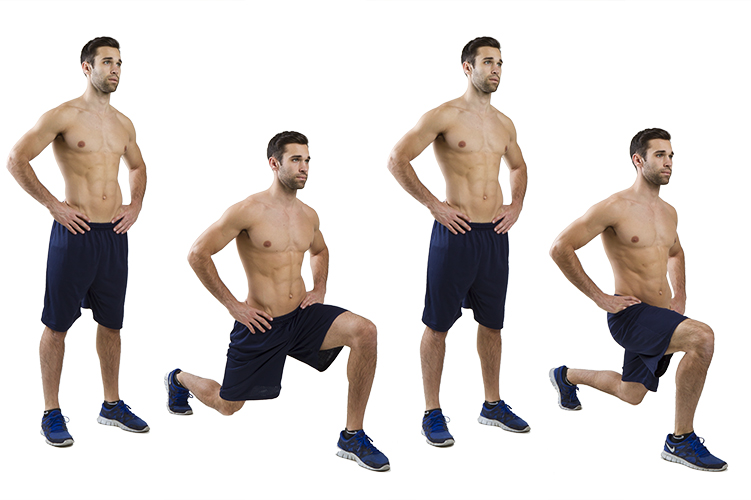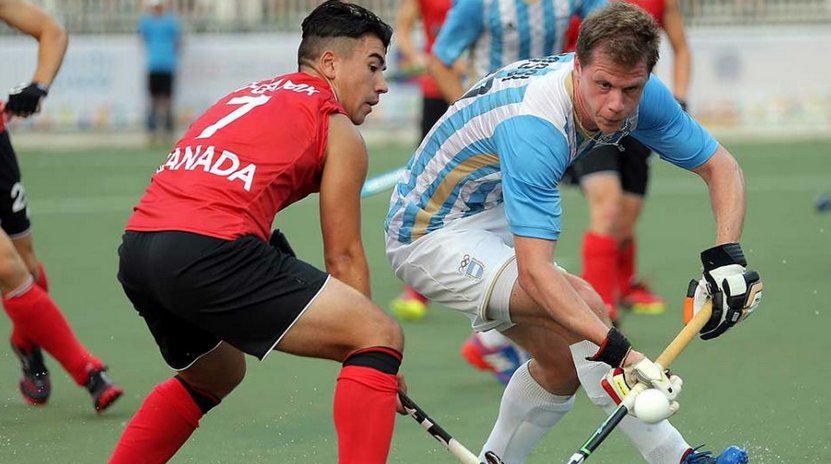Last Updated on April 4, 2025 by Andy
Field hockey is a fast-paced and physically demanding sport. To excel, you need explosive acceleration, powerful shots, and the endurance to maintain intensity throughout the game. In this article, we’ll explore the best conditioning workouts to improve your strength, agility, and cardiovascular fitness, while also minimizing long-term joint impact.
While long-distance running certainly builds endurance, circuit training better targets the specific physical demands of field hockey. By incorporating high-intensity exercises that blend strength and cardio, circuit workouts offer a more sport-specific way to boost overall performance.
Nutrition: The Foundation of Effective Training
Before we dive into workouts, let’s address something critical — your diet. Fueling your body with the right nutrients during training helps build muscle, improve recovery, and sustain energy levels.
Without proper nutrition:
- Your body may break down muscle tissue for energy.
- Your performance can suffer due to fatigue or imbalances.
- You might not see the gains your workouts deserve.
Focus on balanced meals with lean protein, complex carbs, healthy fats, and micronutrients. Timing matters too: eat strategically before and after workouts, and consider consulting a sports nutritionist to tailor a plan to your body’s needs.
Why Circuit Training Works for Field Hockey
Circuit training involves a series of exercises performed with minimal rest in between. It’s highly effective for:
- Improving cardiovascular endurance
- Building strength and muscular endurance
- Burning fat efficiently
- Training under pressure, similar to match conditions
You can do circuit workouts almost anywhere — no gym required.
Best Field Hockey Conditioning Exercises
Below are highly effective field hockey-specific exercises used by athletes around the world. Incorporate them into your weekly training for best results.
Jump Rope
A classic cardio and coordination booster.
How to:
- Jump for 30–60 seconds with both feet together.
- Keep jumps low (1 inch off the ground).
- Vary by jumping on one foot, alternating feet, or increasing speed.
For getting more out of your exercise, you can use some different techniques in rope jumping. For example, you can try to focus on balance and speed by jumping only on one foot, and then switch to the other. Also, try jumping rope with one foot at a time, switching the feet between every jump. Have in mind that these different techniques need to be done with your maximum speed, and as long as you can do them. If you want to order one of the best jump ropes on the market, go here.
This is excellent for foot speed, endurance, and agility — all essential on the pitch.
Stick Jumps
Perfect for developing lower body explosiveness.
The stick jumps are specifically designed for field hockey players as you need to jump back and forth over a stick.
Variations (30–60 seconds each):
- Both feet together: Place the stick in front of you horizontally, and try jumping over it and back with your feet together.
- Feet apart: Again, the stick needs to be placed in front of you horizontally, and you need to jump back-and-forth, with one foot leading and the other following. It should be done in “over, over, back, back” rhythm. Try increasing your speed after every jump.
- Single leg: This time, jump back and forth over the stick with only one foot, and repeat the same number of jumps with the other foot.
- Sideways: Instead of placing the stick horizontally in front of you like with the previous exercises, this time place the stick parallel to you, and with both feet together, jump sideways over the stick and back.
These simulate quick directional changes in-game.
Mountain Climbers
Targets legs, core, and shoulders while building cardio.
How to:
- Start in a push-up position.
- Drive one knee toward your chest, then switch legs rapidly.
- Perform at a fast pace for 30–60 seconds.
This is a type of exercise that was designed to strengthen the muscles in your legs and feet. To begin the mountain climber, you need to place yourself in the position for a push-up, with your face down and palms positioned apart, in the width of your shoulders. The toes need to push against the floor to support the balance of your body. Now lift your body by straightening your arms, and, in a quick motion, bend one of your legs at the knee, until you reach your chest and the ball of your foot is in contact with the floor. Now bring the leg in the starting position, and repeat the motion with your other leg.
This full-body move mimics sprint bursts during gameplay.
Burpees
One of the best field hockey workouts for strength-building and good cardio is the so-called “Burpees”. Even though this exercise is really simple, it is one of the very few workouts that actually effectively target such a number of muscles with such a low number of movements.
How to:

A burpee comes as a combination of squats, vertical jumps, and push-ups. To begin this exercise, start with a squat, and extending both of your arms towards the ground, and with fingertips pointing forward, touch the ground with both palms. Continue the exercise by keeping your palms on the ground, and by lowering your body by kicking both of your legs backward simultaneously. Now you are in the push-up position. Complete one push-up and then jump with your legs back to the chest, continue the exercise with a vertical jump, extending your arms up in the air, and end the exercise by squatting down in the starting position. The burpee should be repeated 10 times, without breaks.
Burpees build power, endurance, and explosiveness.
Body Squats
Field hockey demands constant semi-crouched positioning. Squats strengthen the exact muscles you use during play.
How to:
- Stand with feet shoulder-width apart.
- Lower into a 90-degree squat (as if sitting on a chair).
- Keep arms extended and back straight.
- Repeat 20 times.
If you want to strengthen your buttocks and thighs, the body squats are the perfect exercise. Since most of the time during a game of field hockey, you will have a position that is close to a squat, working these muscles is a smart thing to do. Begin the exercise by standing upright, then spread your feet apart in the width of your shoulders. Next, you need to bend your knees in a 90-degree angle position, and position your body so that it resembles to sitting down on a chair. In order to keep your balance, remember to extend your arms in front of your chest, and keep your spine straight. To complete the exercise, go back into the starting position. This exercise should be repeated 20 times.
Squats improve balance, leg strength, and core stability.
Lunges
Great for leg strength, balance, and injury prevention.
You can do this exercise either while standing in place, or by moving forward.
How to:
- Step forward with one leg, bending the knee to 90 degrees.
- Keep your torso upright.
- Push back to starting position and switch legs.
- Perform walking lunges or stationary, 10–12 reps per leg.
Lunges target quads, hamstrings, and glutes — key muscle groups for sprinting and shooting.
Planks
Build core stability for better posture, balance, and power transfer.
How to:
- Get into a forearm plank position.
- Keep body in a straight line from head to heels.
- Engage your core and glutes.
- Hold for 30–60 seconds.
Planks are a great workout for those who want to build the core muscles in their body. To begin, lie down on the ground with your face down. Extend your legs behind you, and bend your arms at the elbows while resting them at your sides. While keeping your elbows below your shoulders, prop yourself up on your forearms. At the same time, you need to curl your toes on the ground. Next, position the hands in front of yourself, while keeping your head up by gazing at a point in front of you. To lift your body, you need to push through your toes and elbows. This way, the entire weight of your body will be supported by your toes and forearms. To continue, keep your back straight, draw your navel towards your back. To stabilize your body, try using your core muscles. While keeping your spine straight, hold this position from 30 to 60 seconds, and remember to inhale and exhale during this position.
A strong core helps you maintain control, especially in defensive and attacking positions.
Wrapping Up
These field hockey-specific workouts will help you condition your body more effectively than basic running alone. They’ll improve your:
- Acceleration and speed
- Muscular endurance
- Reaction time and agility
- Core and leg strength
Add these exercises to your weekly training, monitor your nutrition, and track your progress throughout the season. The key to becoming a stronger player is consistent, targeted training.

